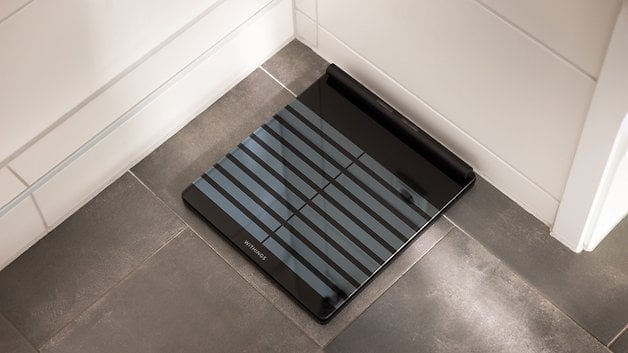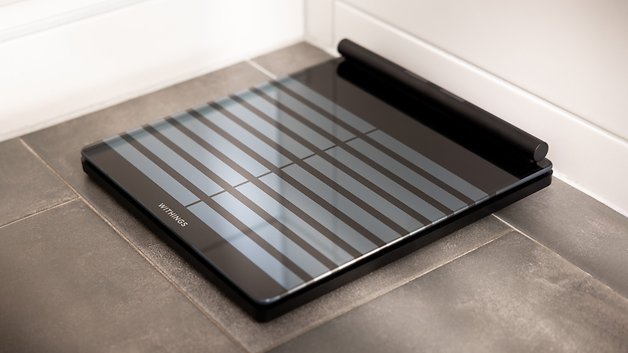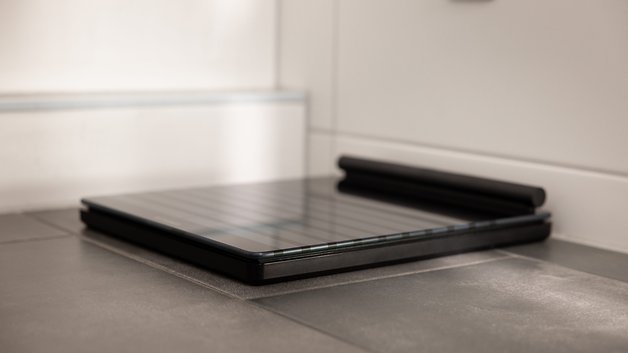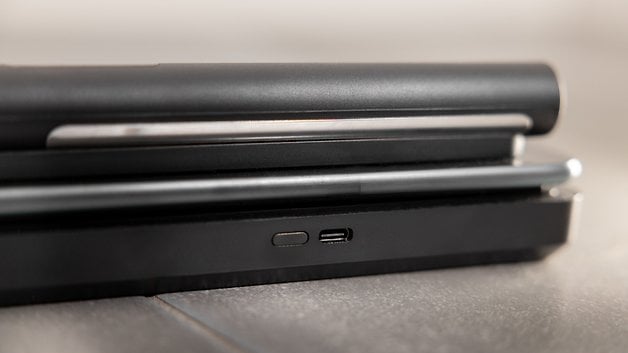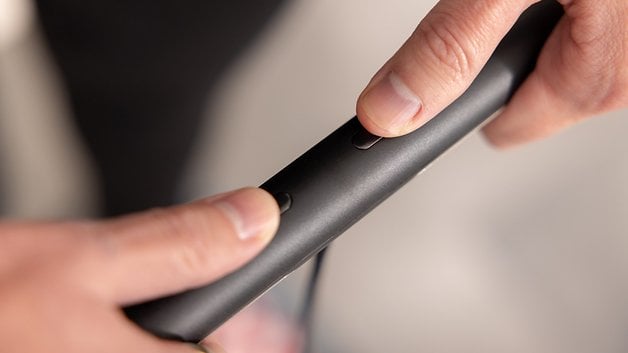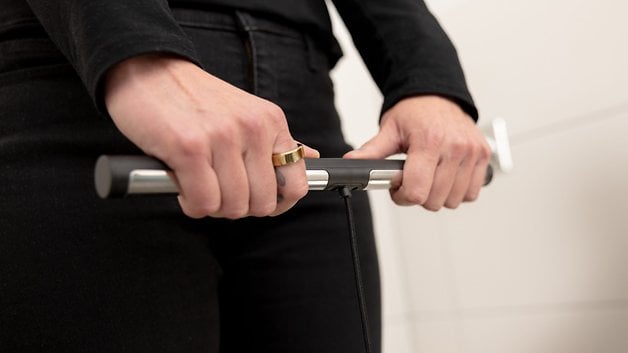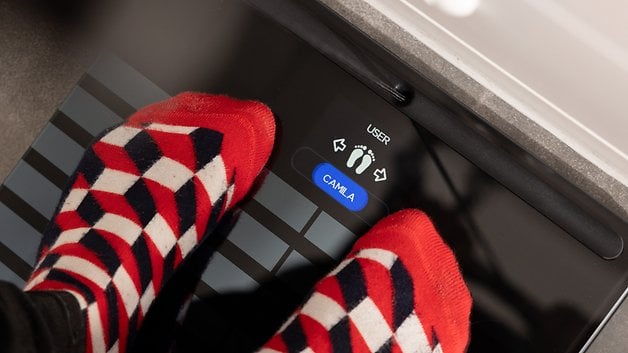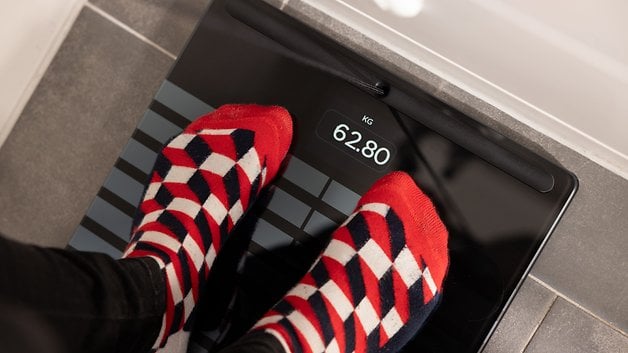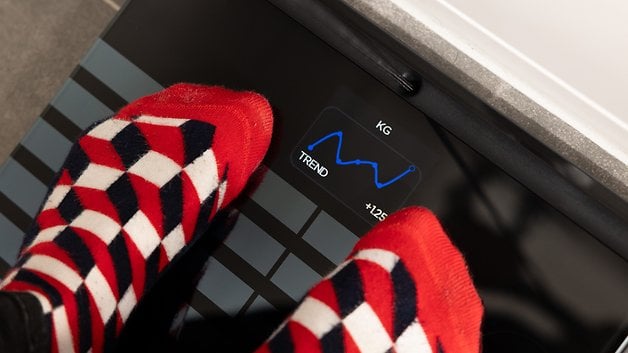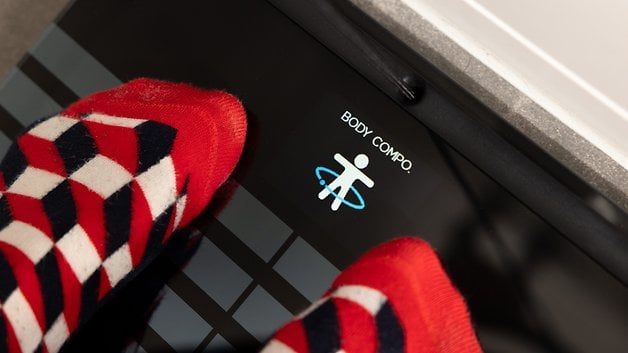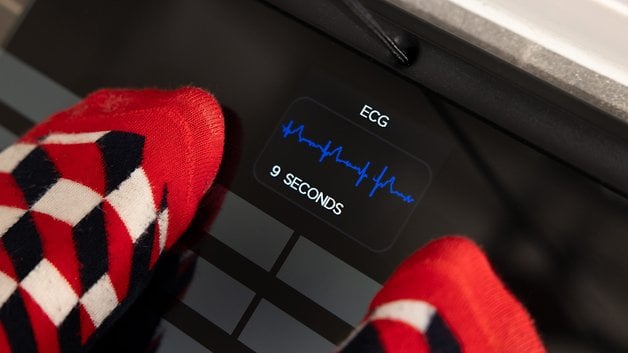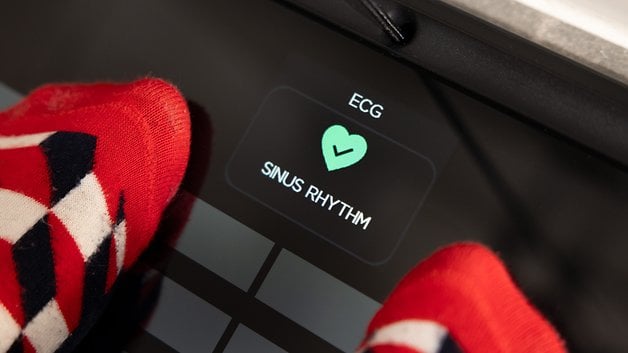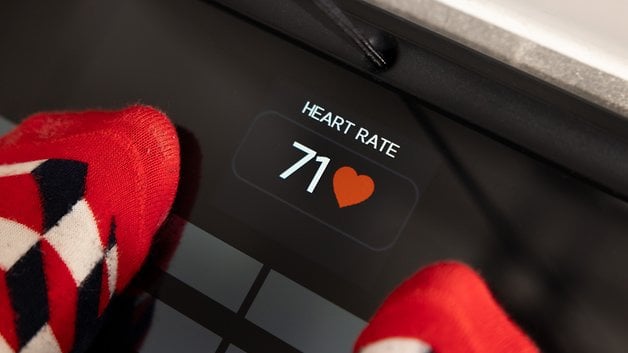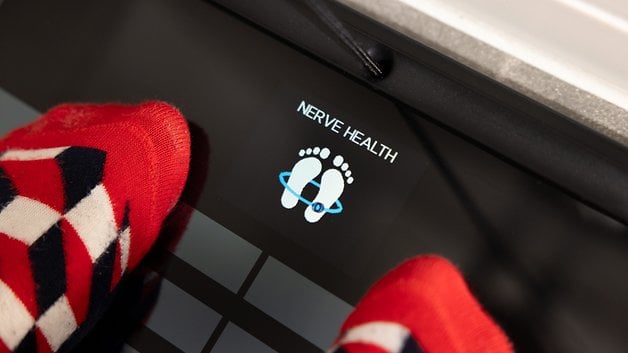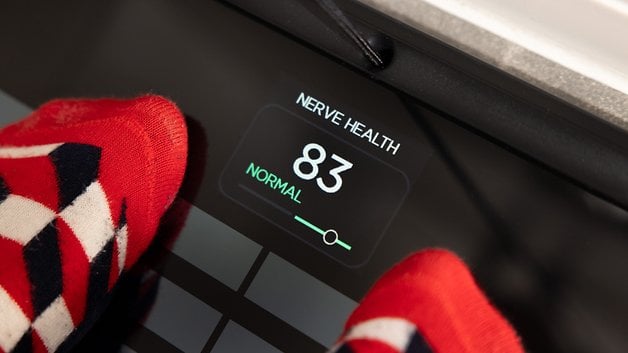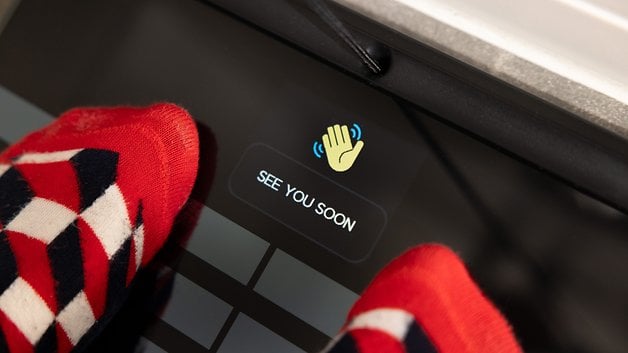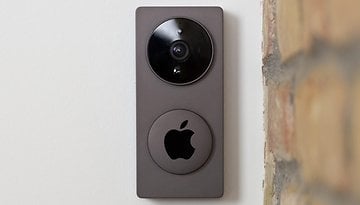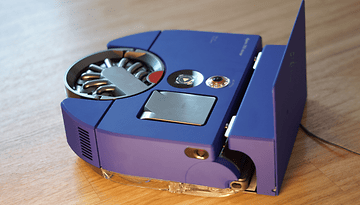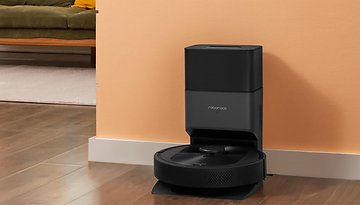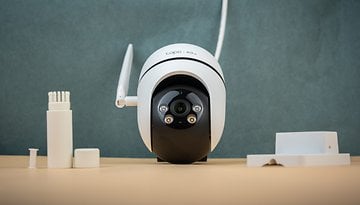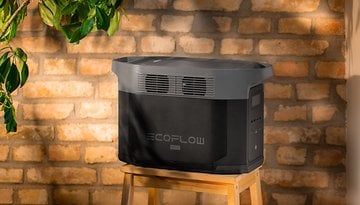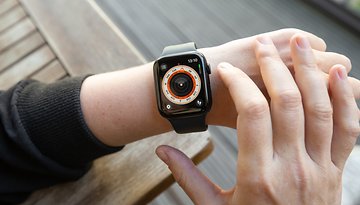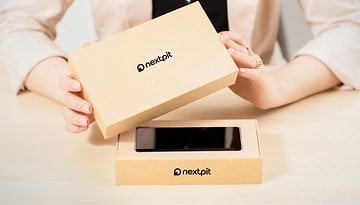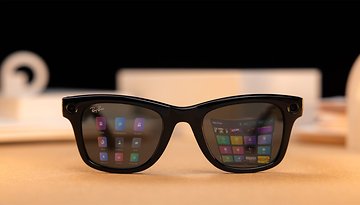Buying Guide: Smart Scales With And Without Handles Compared
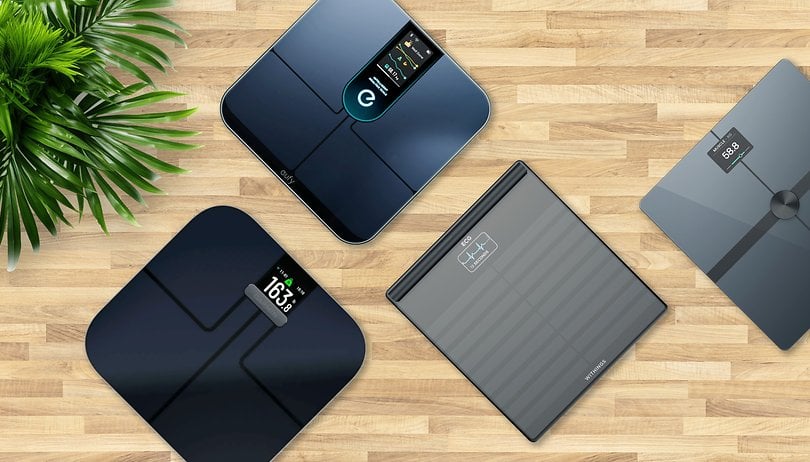

Smart scales have transformed how we track fitness, going beyond just weight to deliver insights like body fat percentage, muscle mass, and more. But which model is truly the best? Should you choose one with a handle for added accuracy? In this guide, we’ll cover everything you need to know about smart scales to help you make the right choice for your health goals. Let's get started!
Body Fat Scales Compared
Withings Body Smart
The Withings Body Smart is the successor to the incredibly successful Body+. Priced at just under $100, it lies in the mid-range and offers the typical body fat scale metrics of fat, muscle, bone, and water content of the body. It also estimates the amount of visceral fat. A special feature is the heart rate measurement during set-up. This allows you to log your pulse over a longer period of time when weighing yourself in the morning.
Renpho Smart Body Fat Scale
If you are looking for a really affordable body fat scale, then you should take a closer look at the Renpho Smart Body Fat Scale. The Bluetooth scale determines your body weight, fat percentage, muscle and bone mass, and water percentage. The Renpho scale also estimates your visceral body fat. The only disadvantage is that the scale does not have Wi-Fi, so you always have to launch the app to weigh yourself.
Withings Body Scan
The Withings Body Scan is the absolute-advanced model among body fat scales. In addition to the typical values for weight, body fat, visceral fat, muscle and bone mass, and water content, it also determines your vascular age and nerve activity.
Like the more affordable Withings Body Smart, the Body Scan also measures your pulse, but also has an integrated 6-channel ECG. Thanks to the handle, the body fat scale is also particularly precise as it can measure the composition of the upper body fat.
Good
- Comprehensive health tracking
- Premium build quality and sleek design
- Intuitive app with multi-user support
- Segmental analysis provides unique insights
Bad
- High price may deter casual users
- Withings+ subscription lacks clear value
- Nerve health monitoring feels too niche for most users
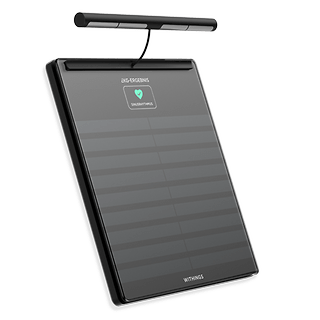
Lepulse Lescale P1
If you don't want to spend over $300 on a body fat scale with a handle, then Lepulse has an option for you. The Lescale P1 only costs $89.99. For this amount of money, you get a rudimentary body fat scale with the typical basic functions, but which can also determine the body composition of the upper body in more detail thanks to a handle.
Garmin Index S2 Smart Scale
If you are invested in the Garmin ecosystem, then the Index S2 Smart is a good choice. The smart body fat scale records your body fat composition and integrates the values directly into the Garmin Connect app. Like all scales in this comparison (except the Renpho model), the Index S2 connects to your home network via Wi-Fi, letting you weigh yourself conveniently without a smartphone and having the data transmitted automatically later.
eufy Smart Scale P3
A good mid-range alternative to the Withings Body Smart is the similarly priced eufy Smart Scale P3. With body fat, muscle and bone mass as well as water percentage measurement and a pulse sensor, it offers an almost identical feature set. What makes it special, however, is the very large display, which shows you current trends in your fitness values directly on the device and praises (or presumably scolds) you. For pregnant women and people with pacemakers, there is also a simple mode that dispenses with bioelectrical impedance analysis.
Buying advice: What's important in a smart scale?
How does a body fat scale work?
Anyone who is 1.80 m tall and weighs 100 kg has a BMI of 30.9, and by definition, that means the person is overweight. However, both untrained people and athletes who fit into this height-weight combination might be deemed obese with very different fitness levels. This is exactly where body fat scales come in. They determine the composition of your body fat and are therefore far better able to determine the actual state of one's health.
Body fat scales use what is known as bioelectrical impedance analysis (BIA) for this purpose. The devices send a weak alternating current through the body and measure the impedance. As different tissue types react differently, the measured values can be used to draw conclusions about body fat composition.
Accuracy: Body fat scale with or without a handle?
If you stand with both feet on a body fat scale, the alternating current flows through the lower half of your body. This means the body fat composition is measured here. However, the body fat scale can then interpolate the composition of the entire body based on this value. Since every person has a different distribution of body fat for genetic reasons, such extrapolation can have different deviations, depending on the person.
Body fat scales with additional handles (or hand sensors) therefore provide better accuracy. When weighing or measuring, a rod-shaped sensor must be held with both hands, which is connected to the scale via a cable. This means that the body fat scale can also measure the upper body fat composition. However, body fat scales with handles are typically pricier.

What do body fat scales measure?
Body fat scales measure your body fat percentage. Typically, they can also measure your muscle mass, bone mass, and water percentage. Of course, all body fat scales can also determine your body weight.
Some body fat scales also offer integrated pulse sensors. For instance, you can record and log your resting heart rate every morning after waking up. The luxury model in this comparison, the Withings Body Scan, can even record using a six-channel ECG. Scales from Withings also have a baby function, where you can weigh yourself once with and once without a baby in your arms to record your weight.
What all scales in this comparison support is multiple people in the household. Here, the body composition and weight are usually used to automatically recognize who has just stepped on the scales. After all, it is unlikely that you will have lost 20 kg overnight.
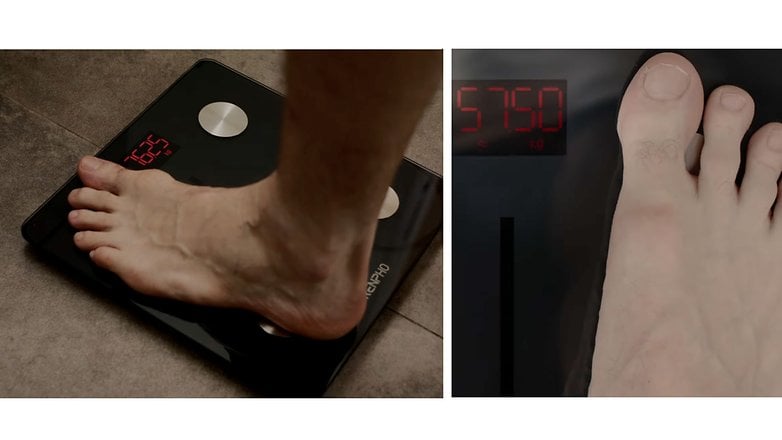
What can body fat scale apps do?
Speaking of logging: Of course, body fat scales only make sense if you can record your data over a longer period of time. This is where apps come into play, showing you over the long term whether you are building muscle mass or reducing your body fat percentage in line with your training.
In most cases, trends are also more important than absolute measurements. After all, you primarily want to feel good or look good, and not be proud of a certain number. Therefore, the absolute accuracy of the measurements is ultimately of secondary importance. The most important thing is you achieve the trend you want with your training and diet.
Some body fat scale manufacturers, such as Garmin or Withings, already have an entire ecosystem of wearables and fitness trackers ready. The Garmin smartwatches, for instance, are hard to beat in their function as sports watches, and Withings also has various smartwatches such as the Scanwatch 2 (review) and soon, even a urine laboratory for the home.
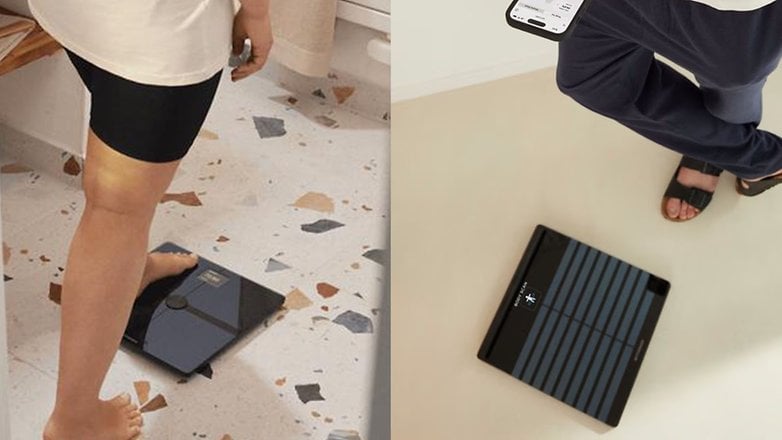
Do you already have a body fat scale at home, and if so, which model is it? Which functions will seal the deal for you? I look forward to your comments!


